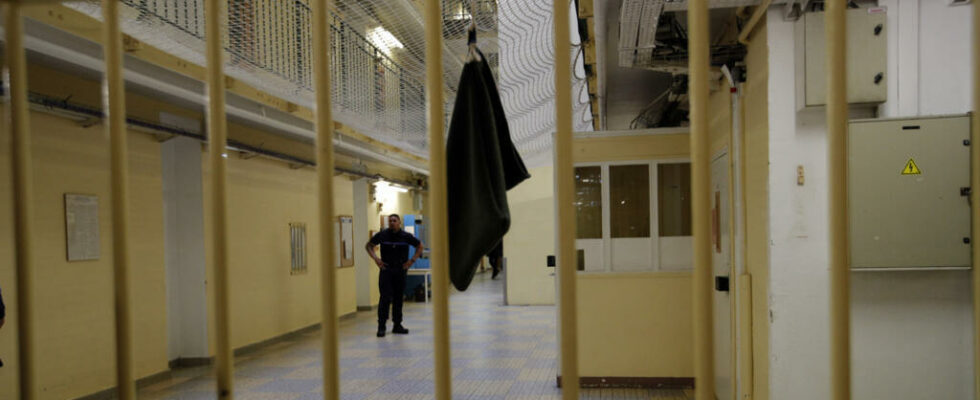In France, while the trend of the outgoing government is to create new prisons and make greater use of detention sentences, a study by the Ministry of Justice reveals an impressive recidivism rate of 63%. The ministry’s statistical service followed, over several years, the journey of prisoners to arrive at such figures.
2 mins
The study focuses on people who were released from prison in 2016 and on their behavior in the following five years. It is therefore the journey of more than 45,000 detainees which was closely followed.
First lesson: almost two out of three people reoffend during this period. And 35% of them do so in the first year following the end of their detention, with a recidivism rate exceeding 15% during the first four months. And not always for the same type of crime or offense that earned them their previous conviction.
These observed recidivisms — when a new crime or offense is committed and punished — are “not not necessarily for facts identical to those leading to prison », Specifies the Statistics, Studies and Research Service (SSER).
Also readFrance: in prisons, inmates suffer a “double punishment” with climate change
Young people reoffend more
The study also specifies the rate of recidivism varies according to the criteria of age, sex or even the criminal past of the inmate. “ Prisoners aged under 25 when they leave prison reoffend significantly more than those aged 55 and over when they are released from prison. », notes the study, with a rate of 77% for the first group compared to 29% for the second.
With 64% versus 42%, men return to prison more often than women. As are singles (67%) compared to married prisoners (44%). “ This gap does not only result from marital status, married prisoners are also older than single ones. », However, the authors specify.
Finally, recidivism is twice as high among prisoners who have already been sentenced twice, rather than once. In summary, the more you are convicted, the more likely you are to be convicted again.
The study further highlights that prisoners who have obtained a reduced sentence reoffend less than those who have been released. dried » (59% versus 65%). This gap is not necessarily explained by a direct effect of this arrangement, but rather by the characteristics of the inmate and the offense committed, underlines the SSER.
Also readFrance: prison overpopulation continues to break records
